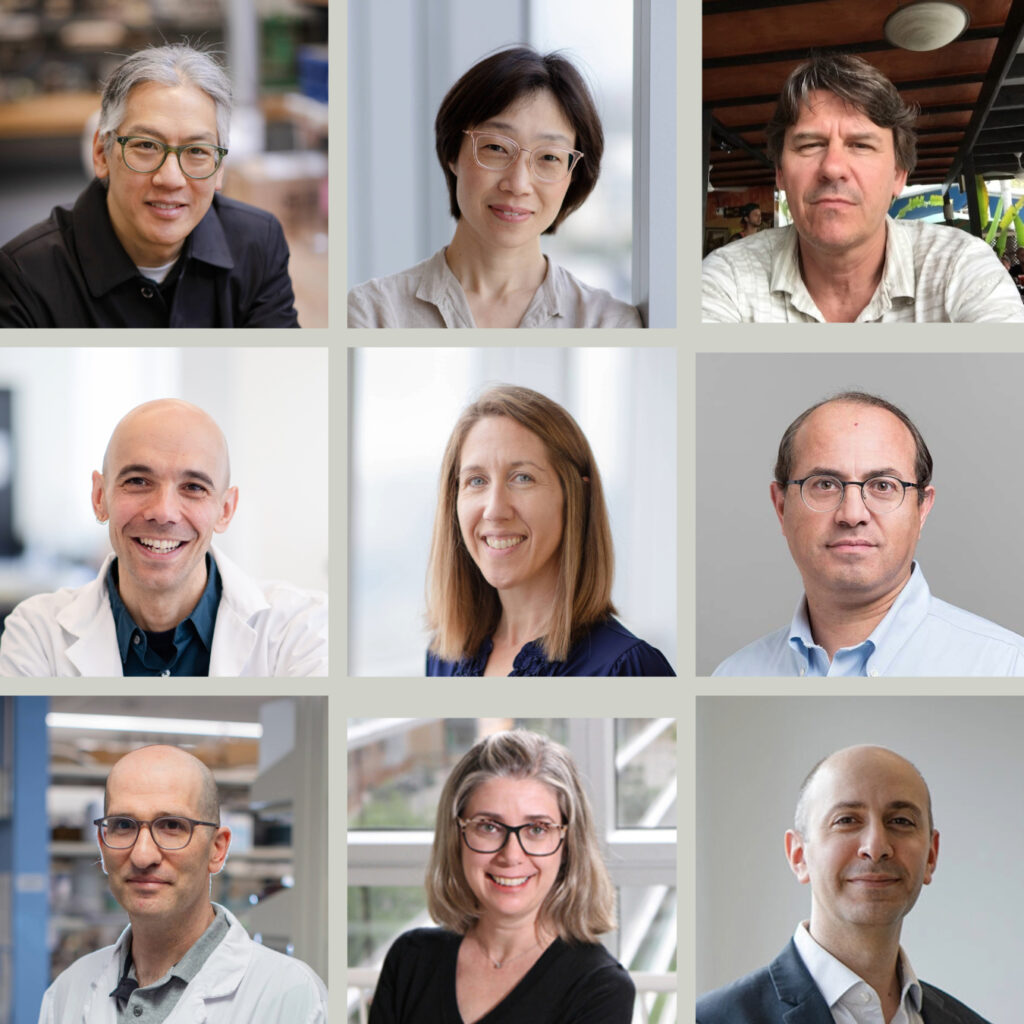Cell and Tissue Engineering
Cell and tissue engineering has the potential to change how we think about disease and aging is happening at BME. Regenerative medicine uses stem cells and biomaterials to repair, replace or regenerate damaged tissue, organ structures and function.
Quick Navigation

Biomaterials
Growing heart and liver tissue for safer drug testing and more
Professor Milica Radisic’s team works on growing human tissue in artificial environments as platforms for developing and testing new drugs, and with the potential to one day, repair or replace damaged organs.
Their creations have included Biowire™, a method of growing heart cells around a silk suture, “Hook-in-Tissue,” a biocompatible scaffold that allows sheets of beating heart cells to snap together like Velcro®, and AngioChip, a system built in a normal cell culture dish that allows lab-grown heart and liver tissue to function and interact like the real thing.
Today, the team is already working on commercializing these technologies through TARA Biosystems Inc., a spinoff company co-founded by Radisic.

Tissue Engineering
Advancing treatments for heart failure
Professor Craig Simmons leads an interdisciplinary team of eight researchers and their students from U of T Engineering, Medicine and Dentistry to advance discoveries and accelerate new treatments for heart failure and cardiovascular disease.
As the scientific director of the Translational Biology & Engineering Program (TBEP), the U of T arm of the Ted Rogers Centre for Heart Research (TRCHR), he brings together experts in engineering and medicine to uncover mechanisms of disease, develop new diagnostic tests for early detection, and create therapeutic strategies using molecules, cells and biomaterials to regenerate heart tissues.
The goal: improve the lives of one million Canadians with heart failure and reduce the estimated $3-billion cost to our health-care system.

Regenerative Medicine
Restoring muscle function through regenerative medicine
Professor Penney Gilbert is harnessing the potential of muscle stem cells to advance therapies for muscle repair and regeneration. By investigating how these cells function in healthy and diseased states, the lab is driving innovations to restore skeletal muscle health.
Using lab-grown, miniature human muscle models, the Gilbert lab replicates muscle repair processes in a controlled setting. These "muscles in a dish" enable the study of conditions like aging, Duchenne muscular dystrophy, and ICU-acquired weakness, providing a platform to test new treatments and explore the regenerative potential of muscle stem cells.
Their work brings new hope for therapies aimed at restoring muscle function and improving quality of life for those affected by muscle disorders.
Read more news about cell & tissue engineering
Nine BME affiliated Professors awarded NSERC Discovery Grants
The Discovery Grant program supports researchers exploring new frontiers to address critical challenges, including environmental protection, food security, and sustainable construction in cold climates. It seeks to sustain a diverse and high-quality research ecosystem in the natural sciences and engineering at Canadian universities, foster excellence, and create an engaging environment for research training.
BME Research in Action – Paul Santerre Lab
Discover how Professor Paul Santerre and his team at the University of Toronto are using smart biomaterials to tackle some of today’s most pressing health challenges: from cardiovascular disease and dental repair to bone healing and tissue regeneration.
BME Research in Action – Milica Radisic Lab
From organ-on-a-chip platforms that mimic the heart, kidneys, and vasculature to advanced biomaterials that promote healing and fight inflammation, the Radisic Lab is driving breakthroughs at the intersection of engineering and human health. Their innovations are helping researchers better understand disease, accelerate drug development, and bring regenerative therapies closer to clinical use.
Professor Milica Radisic receives a Governor General’s Innovation Award
Professor Milica Radisic (BME, ChemE) is one of six recipients nationwide of a 2025 Governor General’s Innovation Award. These national awards celebrate exceptional Canadians for their excellence in innovation, and their contributions in helping to shape the future and positively impact quality of life.
Engineered cardiac microtissues improve regenerative effectiveness
Engineered cardiac microtissues improve regenerative effectiveness A team of researchers, led by Professor Milica Radisic at the University of Toronto’s […]
Milica Radisic elected fellow of the American Association for the Advancement of Science
Professor Milica Radisic is one of six recipients nationwide of a 2025 Governor General’s Innovation Award. These national awards celebrate exceptional Canadians for their excellence in innovation, and their contributions in helping to shape the future and positively impact quality of life.





